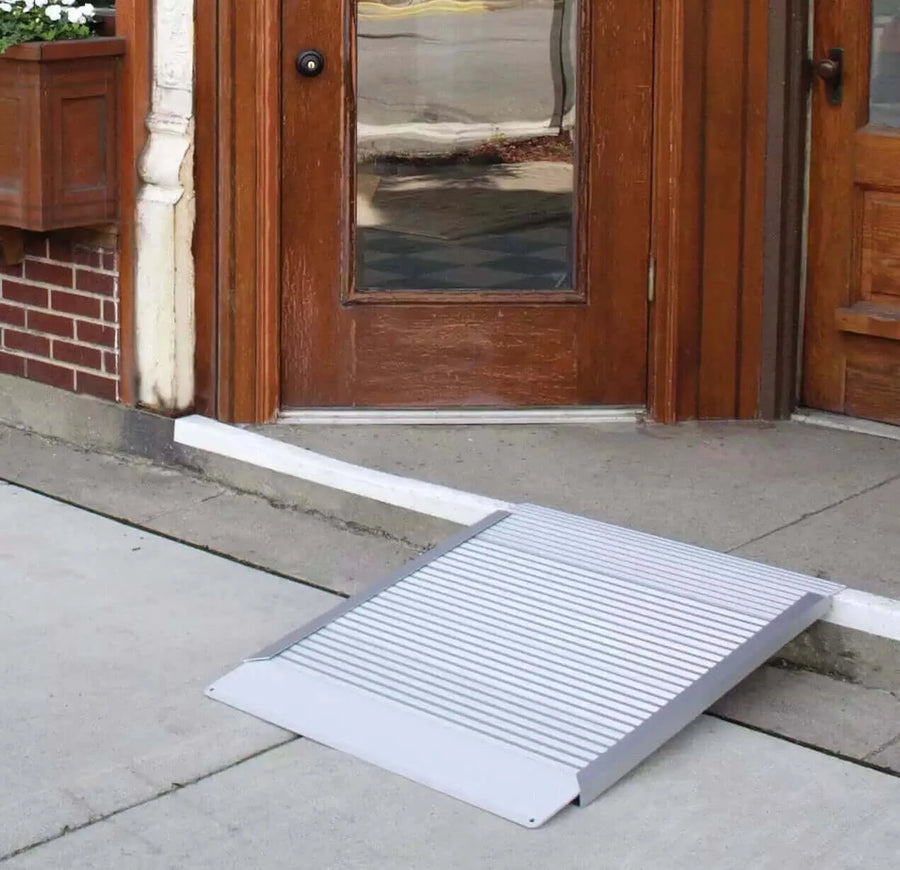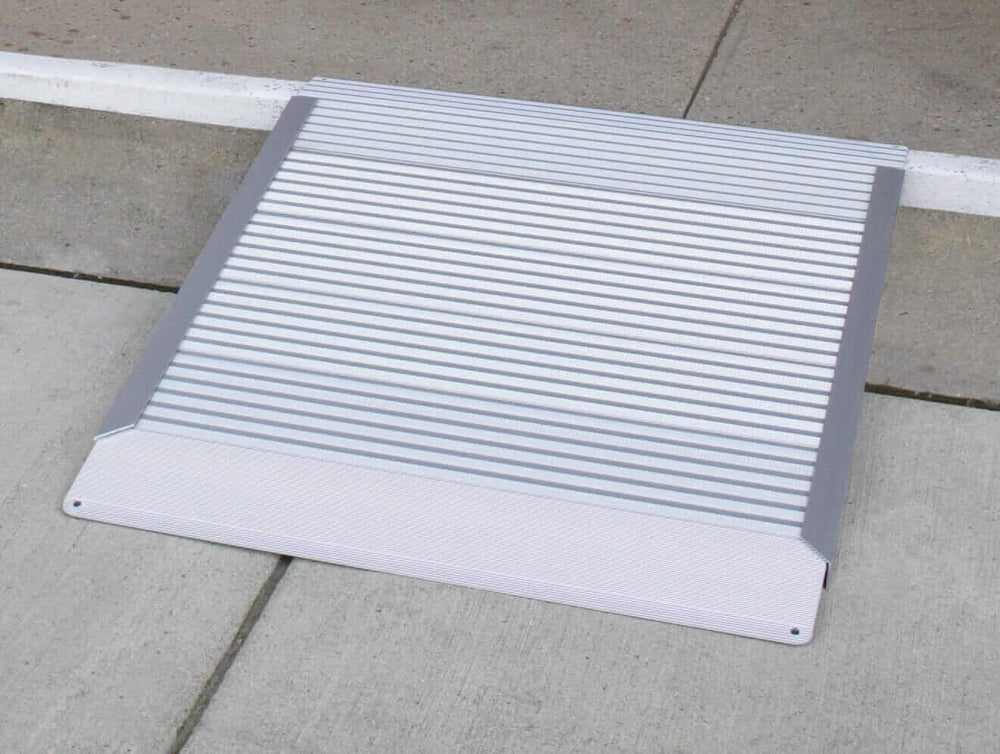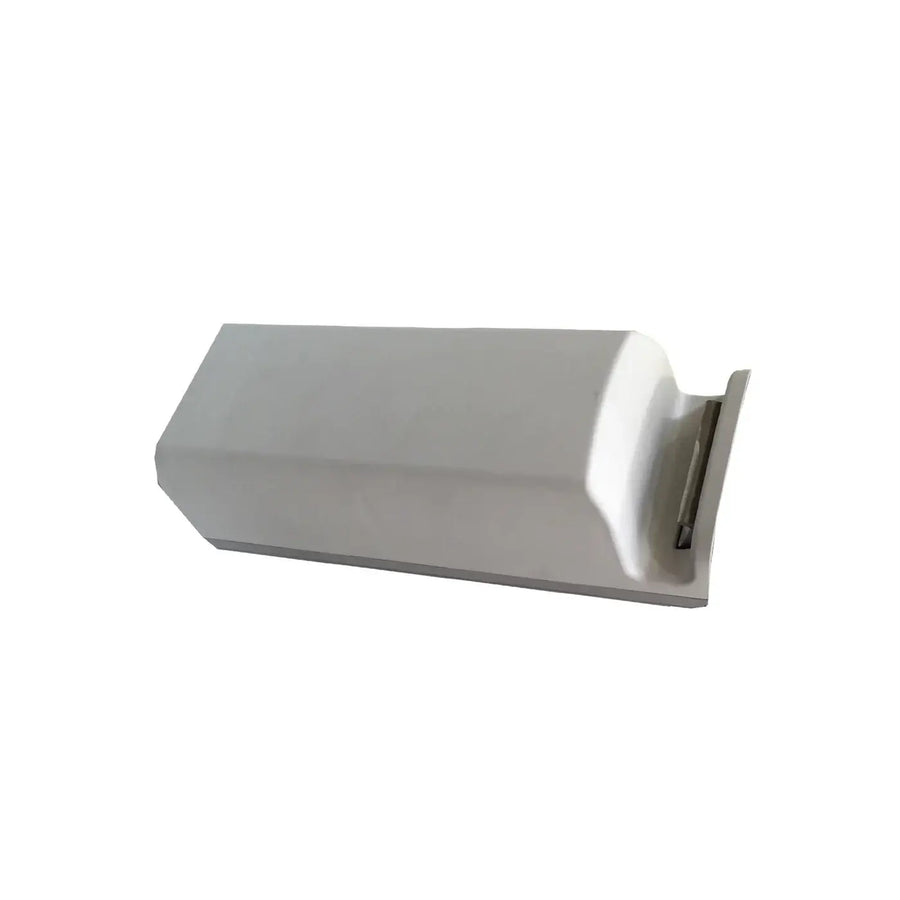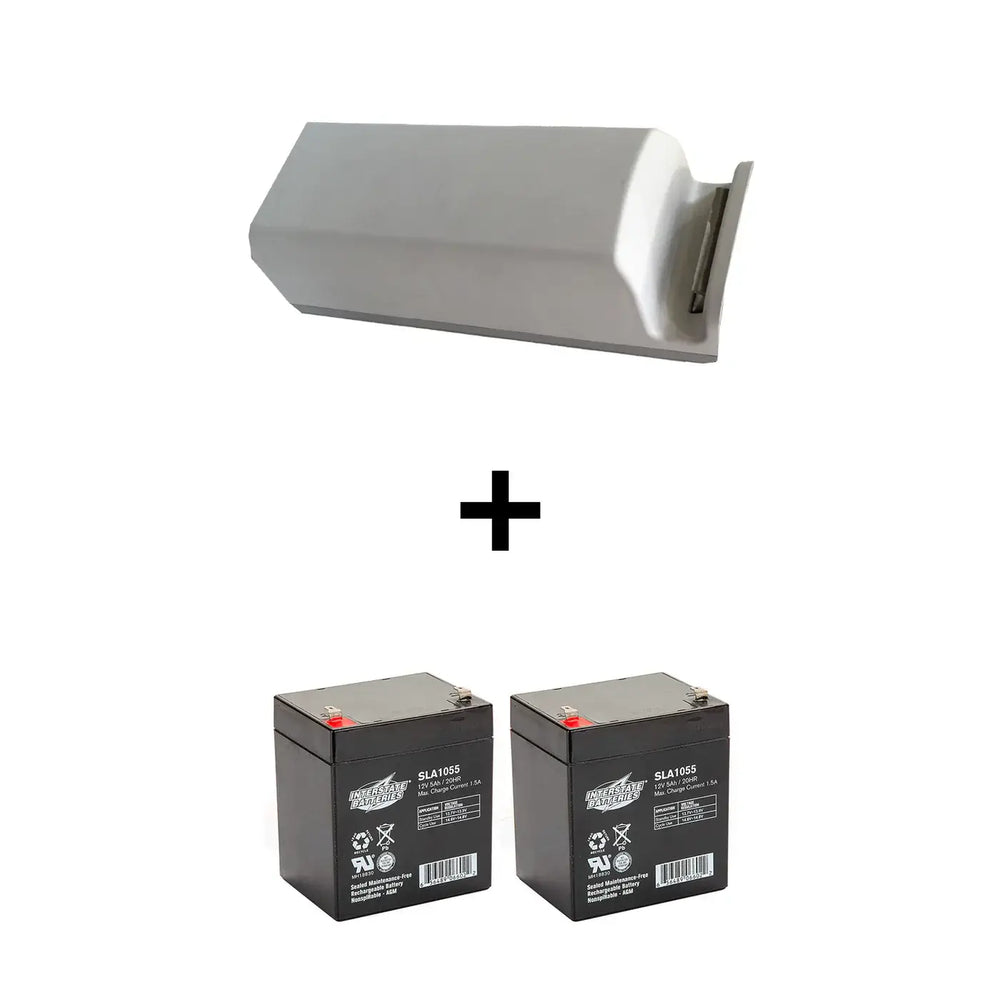What Is the Purpose of a Hoyer Lift?
Did you know that nearly 70% of caregivers experience physical strain from lifting individuals with limited mobility? The Hoyer lift is designed to alleviate this issue, making transfers safer and easier for both caregivers and patients. Understanding its purpose can greatly enhance the quality of care you provide. But what exactly does a Hoyer lift do, and how does it benefit everyone involved? Let's explore its key functions and advantages.

Understanding the Hoyer Lift: An Overview
A Hoyer lift is an indispensable tool designed to assist caregivers in transferring individuals with limited mobility safely and efficiently. This versatile device allows you to lift and shift patients with minimal physical strain, reducing the risk of injury for both you and the individual being transferred.
The lift consists of a sturdy frame, a sling, and a hydraulic pump, enabling smooth and controlled movements. You'll find that using a Hoyer lift can make daily tasks like moving someone from a bed to a wheelchair much easier.
It also fosters independence for the person being lifted, as they no longer rely solely on manual lifting. Familiarizing yourself with the lift's components and operation is vital to guarantee safety and comfort during transfers.
Ultimately, understanding the Hoyer lift helps you provide better care, allowing you to focus on the individual's well-being rather than the physical challenges of mobility assistance.
Key Functions of a Hoyer Lift
Understanding the Hoyer lift's operation sets the stage for appreciating its key functions. Primarily, a Hoyer lift helps you transfer individuals with limited mobility from one location to another safely. Whether it's moving someone from a bed to a wheelchair or into the bathroom, its design minimizes the risk of injury for both the caregiver and the user.
Another key function is enhancing independence. With a Hoyer lift, individuals can participate more actively in their daily routines, reducing reliance on others for assistance. It's also adjustable, accommodating various body types and sizes, which means it's versatile for different users.
Lastly, the Hoyer lift promotes comfort. By providing a secure and stable way to lift and transfer, it guarantees that the individual feels safe throughout the process.
How a Hoyer Lift Works
When you need to lift someone using a Hoyer lift, the process involves several straightforward steps that guarantee safety and efficiency.
First, verify the lift is on a flat surface and the brakes are engaged. Position the lift's sling beneath the person, making sure it's snug but comfortable. Attach the sling to the lift's arm hooks securely.
Next, operate the lift's controls to raise the person slowly. Keep an eye on their comfort and stability throughout the process.
Once the individual is lifted to the desired height, carefully maneuver them over the target surface, like a bed or wheelchair.
Lower the person gently by reversing the lifting process and detach the sling once they're safely positioned.
Always communicate with the person being lifted, so they feel secure and informed during the entire procedure. Following these steps helps you use the Hoyer lift effectively and safely.
Benefits for Caregivers
While using a Hoyer lift may seem intimidating at first, it offers significant benefits for caregivers. One of the biggest advantages is reducing physical strain. Lifting and transferring patients manually can lead to back injuries or fatigue, but a Hoyer lift allows you to safely move individuals without the risk of injury.
You'll also find that using a Hoyer lift streamlines your caregiving tasks. It enables faster transfers, which can be essential during tight schedules or emergencies.
Additionally, you'll experience increased confidence in your ability to provide care. Knowing you have the right equipment makes a world of difference.
Finally, a Hoyer lift fosters a more dignified experience for both you and the patient, allowing for smoother shifts and less discomfort.
Benefits for Patients
Using a Hoyer lift not only benefits caregivers but also greatly improves the experience for patients. When you're being shifted, you'll feel more secure and comfortable in a lift designed to support your body safely. The lift minimizes the physical strain that traditional methods can cause, reducing the risk of injury during transfers.
You'll also appreciate the increased dignity and respect it provides during transfers. Rather than feeling awkward or vulnerable, you can focus on feeling cared for. The Hoyer lift allows for smoother movements, making changes from bed to wheelchair or toilet easier and less stressful.
Additionally, you'll likely experience less discomfort, as the lift's padded support cradles you gently. This can help ease anxiety about moving, creating a more positive environment for rehabilitation.
Tips for Using a Hoyer Lift Safely
To guarantee safe use of a Hoyer lift, it's crucial to familiarize yourself with its components and operation before starting any transfer.
Always inspect the lift for wear and tear, confirming all parts function properly. When positioning the sling, make sure it's adjusted correctly and securely under the patient, avoiding any twists.
Before lifting, verify the wheels are locked to prevent movement. Communicate clearly with the person you're assisting, explaining each step to ease their anxiety.
When lifting, maintain a steady, smooth motion; jerky movements can cause discomfort or injury. Remember to keep your back straight and use your legs for lifting to avoid strain.
Once the transfer is complete, lower the patient gently, confirming they're stable before removing the sling. Regular training and practice can enhance your confidence and skill, assuring safety for both you and the person you're assisting.






